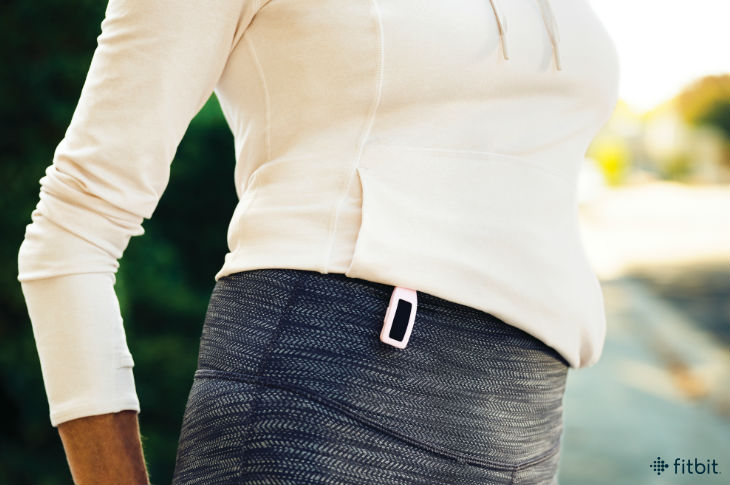
If you’re an athlete, you know that familiar smell. Maybe you left your sweaty workout clothes in a pile on the floor. Maybe you haven’t emptied your hamper in a week. Or worse, maybe you’ve just taken your fresh laundry out of the dryer and it still stinks.
What’s up with that? The short answer is: bacteria. Once upon a time, all clothes were made of natural fibers, like cotton. Then, along came technology and, with it, synthetic materials. Athletic apparel companies in particular embraced synthetics, as these fabrics aided workout performance by wicking away moisture.
Unlike cotton, which soaks up water (after all, it comes from a plant), synthetic fabrics repel water. As heat from your body pushes sweat away from your skin, the liquid spreads out over the surface of the synthetic fibers, enabling it to evaporate quickly and leaving the garment light and breathable.
However, while the moisture from your sweat evaporates, it leaves behind a residue of salts and oils. It’s those oils—or, more accurately, the bacteria they attract—that are the source of the lingering odor. (The bacteria produce a gas from digesting the oils, which is what smells so bad.)
However, never fear—there are steps you can take to banish bacteria and get those workout clothes smelling clean and fresh again. It just takes a little extra loving care when it comes to your laundry.
Wash (or at least rinse) your workout clothes as soon as you can. The sooner you can get your sweaty gear into the laundry, the better. However, the reality is that most of us are not going to do laundry after every workout. If you can’t get your clothes into the washer and you don’t have time to hand-wash, at least give them a quick rinse. (An easy way to do this is to wear your outfit straight into the shower!) This will help wash away some of the oils and salts that are still on the surface of the fabric. Then, hang everything up to dry before tossing the clothes into your hamper.
Whatever you do, do not let sweaty clothes “marinate.” The longer you let bacteria breed in the dark, damp confines of your gym bag, the greater the chance that your clothes may never smell the same again.
Turn each item inside out. Yes, this process takes an extra minute or two, but if you want to get your workout clothes squeaky clean—and ensure they last as long as possible—you’ll make the effort.
Turning the clothes inside out accomplishes two things. First, sweat, oils, and other substances that your body expels during exercise collect primarily on the side of the fabric closest to your body; therefore, you want to expose that surface to the wash as much as possible. Second, by turning the “pretty” side of your clothing inward, you are protecting it from any snags or abrasions that could occur when garments are colliding in the washing machine. (If a snag or pilling is going to happen, better that it happen where no one can see it!)
Create a separate load for your workout clothes. Similarly to the “inside out” trick, washing your workout clothes separately from the rest of your wardrobe helps protect them. Athletic apparel is typically made of soft, stretchy fabrics that can easily snag on zippers or buttons and will accumulate unnecessary wear and tear from rubbing against harsher materials like denim. Plus, separating out your workout clothes will also facilitate the next step . . .
Use a dedicated sports detergent. Regular detergents are typically designed to treat the most common fabric in clothing: cotton. However, most workout clothes aren’t made of cotton, they’re made of synthetic materials like polyester, nylon, or spandex. As discussed, these materials tend to trap body oils, which attract the bacteria that make your clothes smell. Therefore, to wipe out the smell, you have to wipe out the oils. Sports detergents are designed to do exactly that. A few to try are Hex, WIN, and Sports Suds.
Avoid fabric softener. Fabric softeners work by adding a thin layer of chemicals that lubricate your clothes, helping them to feel soft and smooth. The problem is that these chemicals block the pores in synthetic materials, reducing the garment’s ability to wick away moisture. Fortunately, there’s a pretty easy solution—just don’t use fabric softeners when washing your workout clothes!
Dry on low or no heat. When it comes to drying your workout clothes, hang drying is best. However, if you must put your clothes in the dryer, use a low- or no-heat setting. Heat breaks down synthetic fibers, killing the elasticity in sports bras and leggings, so seriously: don’t dry your workout clothes on high heat.
This information is for educational purposes only and is not intended as a substitute for medical diagnosis or treatment. You should not use this information to diagnose or treat a health problem or condition. Always check with your doctor before changing your diet, altering your sleep habits, taking supplements, or starting a new fitness routine.

If you have questions about a Fitbit tracker, product availability, or the status of your order, contact our Support Team or search the Fitbit Community for answers.
Please note: Comments are moderated and may not appear immediately after submission.